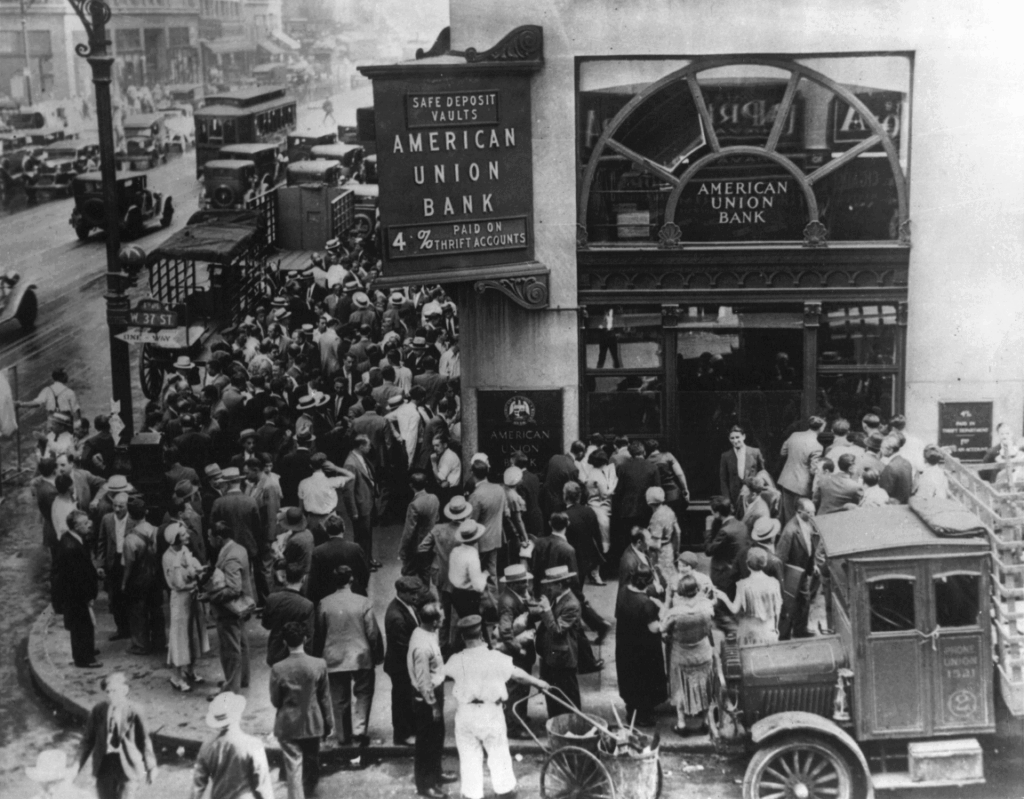History of Banking
Banking has a long tradition. In Mesopotamia bankers kept gold and silver for people and lent it to others. Ancient Rome and Greece had similar banking systems to the ones we have today.
During the Middle Ages Italy was the centre of European banking. Jewish traders emerged as the first bankers and became very successful businessmen. Florence and Venice became known as two cities in which many people earned their money through banking. The Medici family dominated Florence for over two centuries and set up Europe’s largest bank in the 15 th century.
The first worldwide banking crisis emerged during the Great Depression in 1929. Many citizens lost their jobs and their savings as banks crashed. In 1933 American president Franklin D. Roosevelt signed a bill in which the government guaranteed the savings of depositors if a bank went bankrupt.
In 2008 a banking crisis hit America and spread throughout the world. Banks gave homeowners mortgages without checking their financial backgrounds. House prices began to drop and banks lost a lot of money. Governments in many countries had to give them money and prevent them from becoming bankrupt.

Crowd at New York's American Union Bank during the Great Depression
Image: Social Security History Site via Wikipedia,
Public Domain